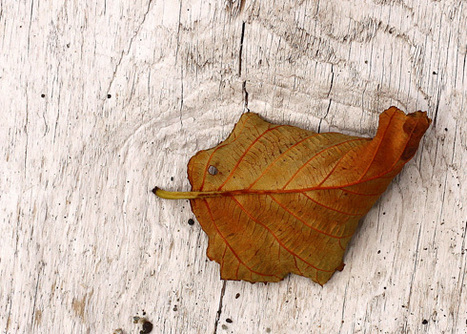Like many of my contemporaries, I first learned of wabi-sabi during my youthful spiritual quest in the late 1960’s. At that time, the traditional culture of Japan beckoned with profound “answers” to life’s toughest questions. Wabi-sabi seemed to me a nature-based aesthetic paradigm that restored a measure of sanity and proportion to the art of living.
Wabi-sabi resolved my artistic dilemma about how to create beautiful things without getting caught up in the dispiriting materialism that usually surrounds such creative acts. Wabi-sabi—deep, multidimensional, elusive—appeared the perfect antidote to the pervasively slick, saccharine, corporate style of beauty that I felt was desensitizing American society. I have since come to believe that wabi-sabi is related to many of the more emphatic anti-aesthetics that invariably spring from the young, modern, creative soul: beat, punk, grunge, or whatever it’s called next.
Wabi-sabi is the most conspicuous and characteristic feature of what we think of as traditional Japanese beauty. It occupies roughly the same position in the Japanese pantheon of aesthetic values as do the Greek ideas of beauty and perfection in the West. Wabi-sabi can in its fullest expression be a way of life. At the very least, it is a particular type of beauty.



 Your new post is loading...
Your new post is loading...








A very thoughtful exploration of wabi-sabi in this post and excerpt by Leonard Koren:
..."The closest English word to wabi-sabi is probably “rustic.” Webster’s defines “rustic” as “simple, artless, or unsophisticated… [with] surfaces rough or irregular.” While “rustic” represents only a limited dimension of the wabi-sabi aesthetic, it is the initial impression many people have when they first see a wabi-sabi expression. Wabi-sabi does share some characteristics with what we commonly call “primitive art,” that is, objects that are earthy, simple, unpretentious and fashioned out of natural materials. Unlike primitive art, though, wabi-sabi almost never is used representationally or symbolically...."